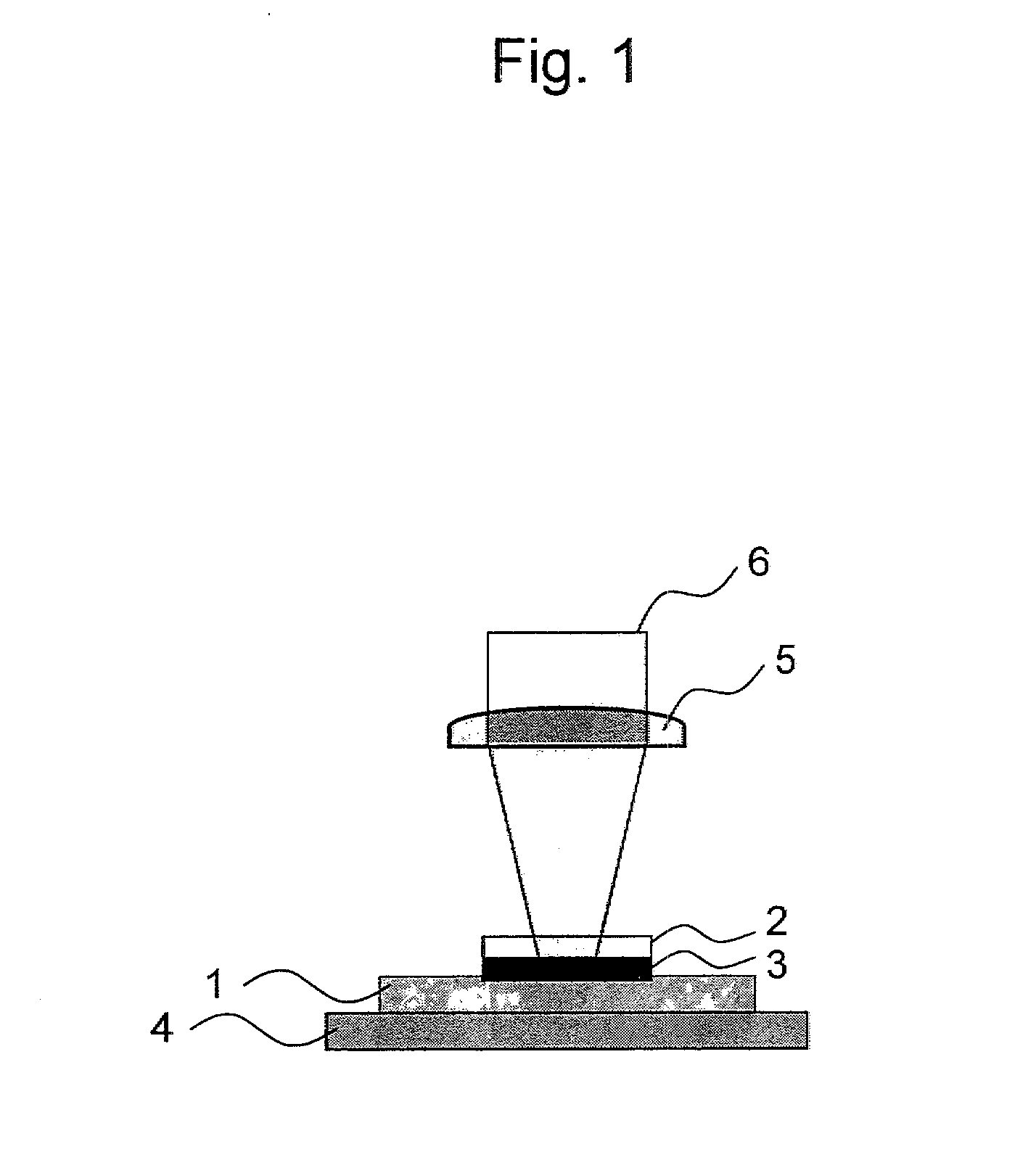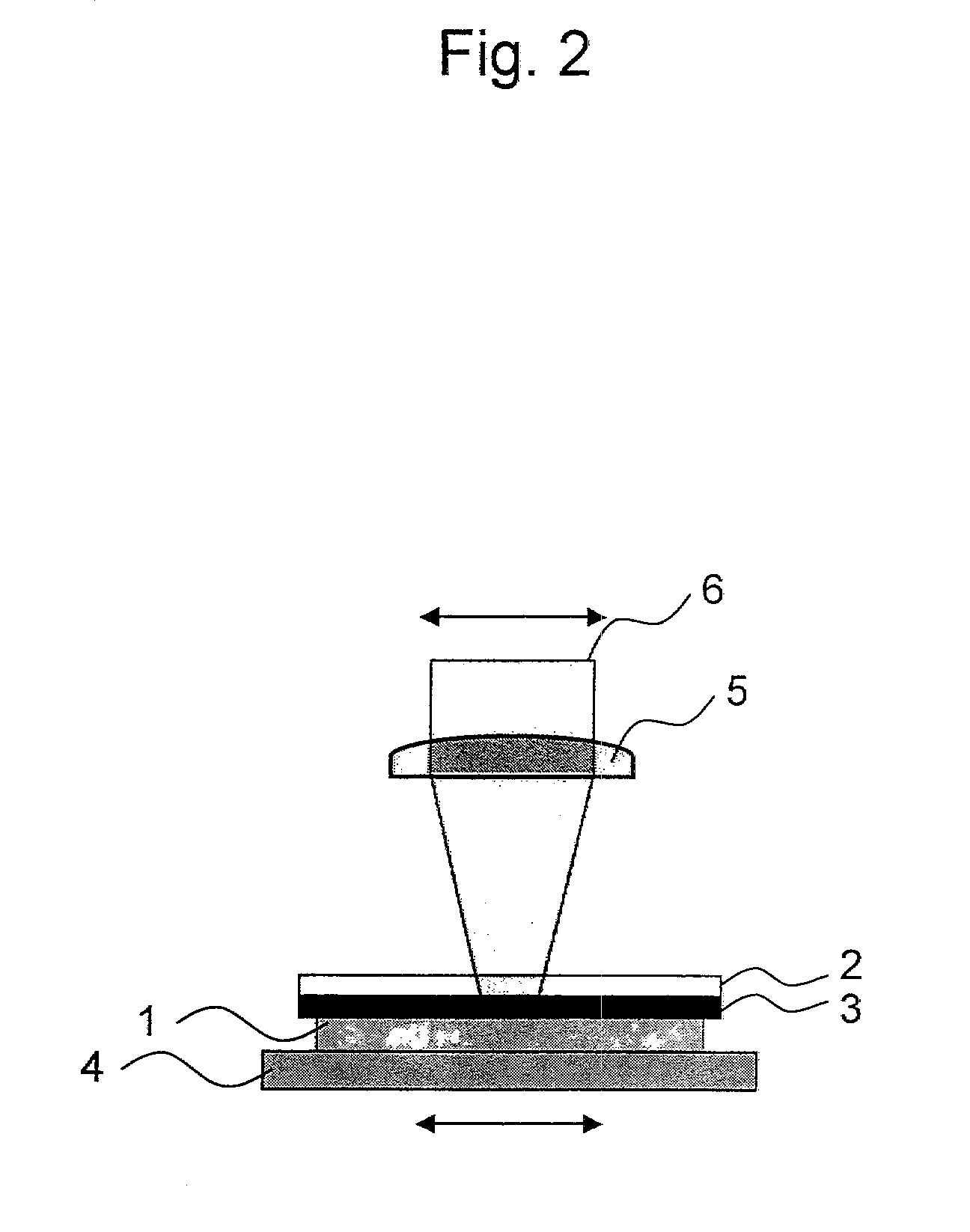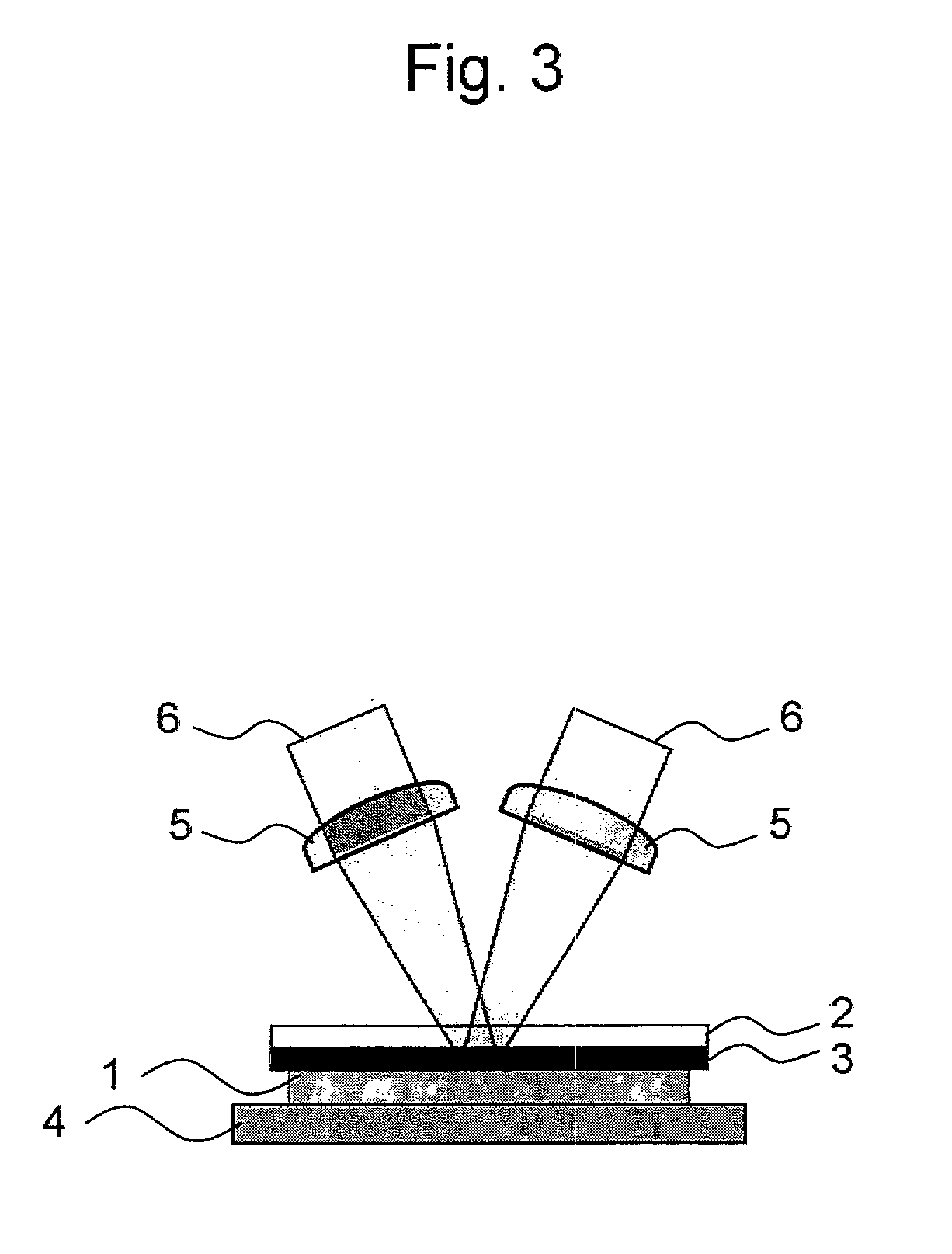Method and apparatus for drug delivery to tissue or organ for transplant
a drug delivery technology, applied in the field of tissue or organ transplantation, can solve the problems of incomplete engrafted tissue or organs, high risk of infectious diseases, and difficulty in ensuring the survival of tissue or organs, so as to promote graft survival, enhance angiogenesis, and prevent infection.
- Summary
- Abstract
- Description
- Claims
- Application Information
AI Technical Summary
Benefits of technology
Problems solved by technology
Method used
Image
Examples
example 1
[0111]It was found that the transport / delivery of Hepatocyte Growth Factor (HGF)-expressing gene into skin for transplant promotes angiogenesis within the transplanted skin.
[0112]The gene for delivery used was an Invitrogen pcDNA3.1 plasmid vector in which human HGF cDNA was encoded at the NotI site. A 2 cm×2 cm skin slice including subcutaneous tissues was collected from the back of an eleven-week-old Sprague-Dawley rat (body weight 300 to 380 g) and used as a graft after the removal of subcutaneous fat. The HGF-expressing gene plasmid vector (concentration 1.0 μg / μl) was injected in an amount of 10 μl into the skin from behind of the graft by use of a syringe. A light absorber was provided on the dermis layer side. The construction of gene transfer is shown in FIG. 7. The light absorber used was polyethylene terephthalate of 1.0 mm in thickness bonded to black, natural rubber of 0.5 mm in thickness. Silicon vacuum grease was applied to between the target and the graft to thereby c...
example 2
[0113]The gene delivery into rat skin was performed using the apparatus of FIG. 10. Second harmonic of Nd:YAG laser (Wavelength: 532 nm, Pulse width: 6 ns) was used as a laser light source, step index type silica optical fiber having core diameter of 1 mm and length of 1 m was used as an optical fiber, black natural rubber was used as a light absorber (target) and polyvinyl alcohol (PVA) gel was used as a transparent material. Plasmid DNA comprising luciferase gene was used as a gene. The plasmid was injected in rat skin and the bottom of the cylindrical case of the apparatus was contacted with the skin. The laser light was irradiated to the absorber (target). The diameter of the irradiated spot on the target was 2 mm, laser fluence was 0.7 J / cm2 and the number of irradiated pulses was 5, 10 or 20. After the laser was irradiated, luciferase activity in the skin was measured. The rat skin was removed and homogenized. The luminescence of the homogenate was measured using a luminometer...
PUM
| Property | Measurement | Unit |
|---|---|---|
| distance | aaaaa | aaaaa |
| distance | aaaaa | aaaaa |
| distance | aaaaa | aaaaa |
Abstract
Description
Claims
Application Information
 Login to View More
Login to View More - R&D
- Intellectual Property
- Life Sciences
- Materials
- Tech Scout
- Unparalleled Data Quality
- Higher Quality Content
- 60% Fewer Hallucinations
Browse by: Latest US Patents, China's latest patents, Technical Efficacy Thesaurus, Application Domain, Technology Topic, Popular Technical Reports.
© 2025 PatSnap. All rights reserved.Legal|Privacy policy|Modern Slavery Act Transparency Statement|Sitemap|About US| Contact US: help@patsnap.com



